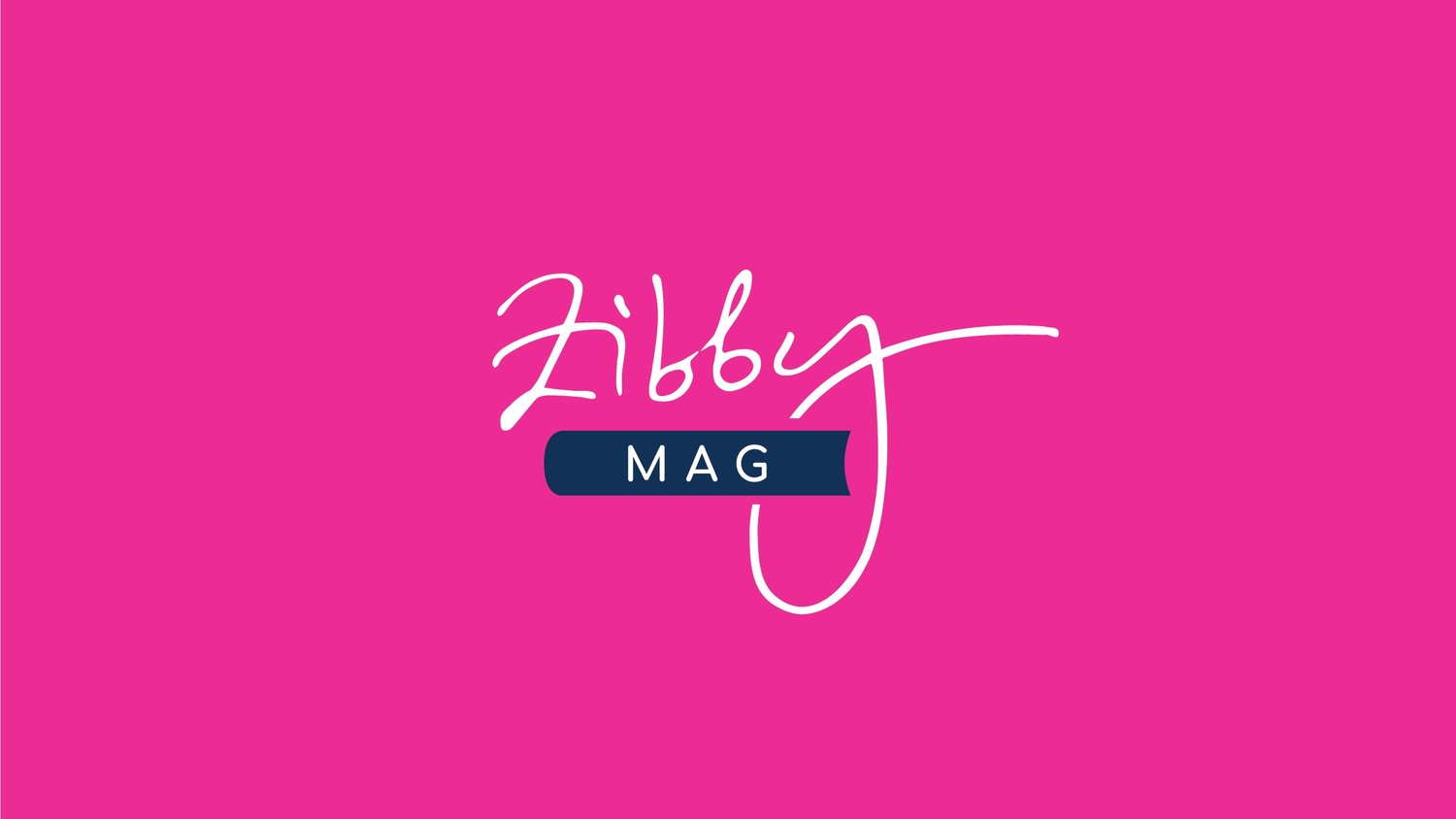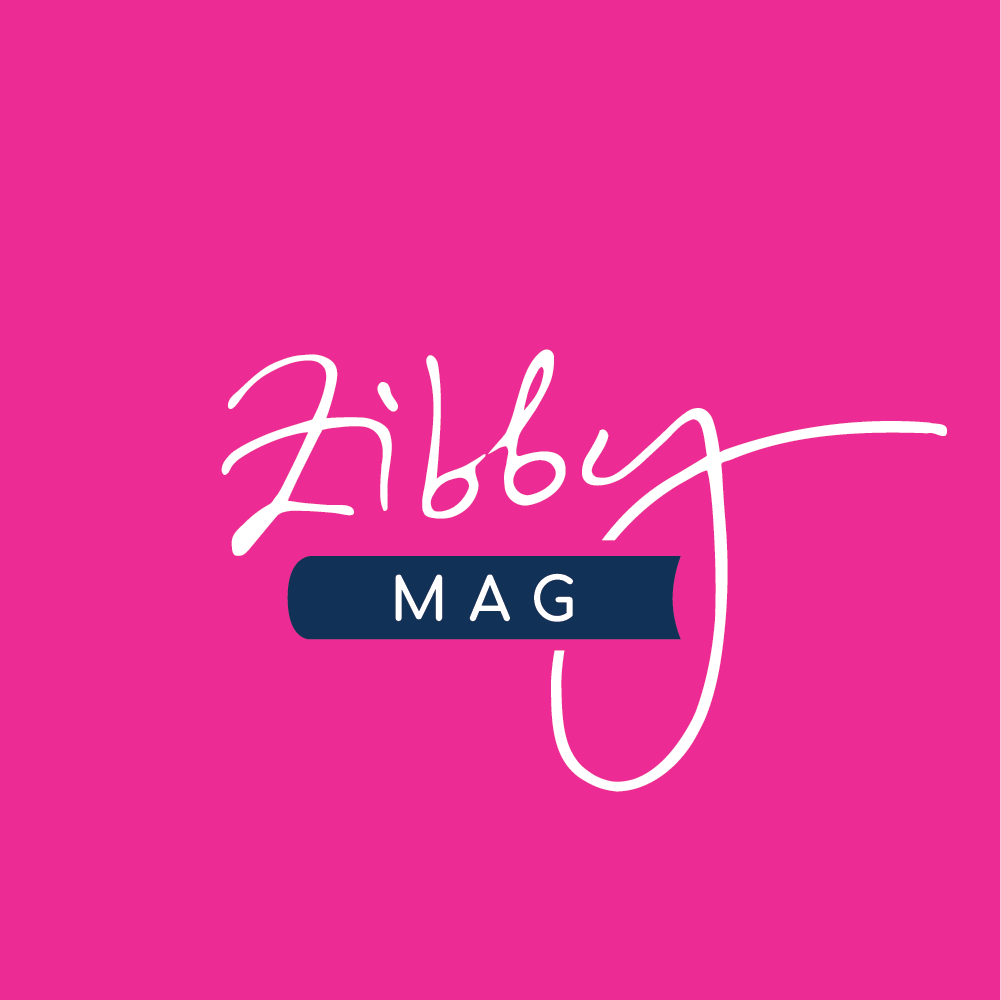3 Ways to Hook Your Reader in the First Sentence
Pro tips for nailing the opening line from a writer and editor with over 25 years of experience
By Darcey Gohring
What makes us fall in love with a story? What is it that captures our attention and keeps us glued to the page? There may be many elements, but like all relationships, first impressions are important. Those first few lines—which often contain the “hook” of the story—have a big job to do. How can we make them memorable?
Great hooks do one or more of the following:
Make the reader ask questions
Build urgency
Introduce new situations and characters
Provide a vivid image
Imply past or future events
Build narrative tension
Share relevant backstory
Set the tone of your story
Here are 3 great ways to pull the reader in:
1. Start with an inciting incident
Stories are about change. There always needs to be an arc. The protagonist should never be the same at the end as they were at the beginning. But when we think about where to begin a story, I often tell writers to pinpoint the moment that kick-started the change. Sometimes that change is something we look for (I quit my job and decided to travel around the world) and sometimes that change is forced upon us (I received a medical diagnosis). Remember, it is not the change itself but what spurred it.
Example:
“I was sitting in a taxi, wondering if I had overdressed for the evening, when I looked out the window and saw Mom rooting through a dumpster.”
From The Glass Castle by Jeanette Walls
Why it works
This sentence does a lot. We immediately see the contrast between the two characters. But, more importantly, we want to know: Why is the mother in the dumpster? What is the status of the relationship between the characters? How will the protagonist handle the situation? Will she stop the taxi and speak to her mother? Will she ignore her?
2. Drop the reader in a scene
Begin with action. Long, drawn-out explanations and musings can tire the reader. Instead, drop them in a scene and immerse them in the story. This doesn’t necessarily mean dropping them in a high-speed chase, but it does mean you need to find a way to immediately engage the reader.
Example:
“I wake up and I’m scared. I don’t know where I am. I say it into the dark: “I don’t know where I am.” Wan streetlight seeps through the blinds, pinches the backs of my eyes. I hold up my arm to keep it out and repeat, “I don’t know where I am.” I also don’t know when I am or who I am. I can’t think of my name.”
From Hell if We Don’t Change Our Ways by Brittany Means
Why it works
Here, the reader is unsure of where the writer is or what could be happening. We feel the author’s panic and fear but we don’t know what the cause of it is. The only way to find out is to continue.
3. Start with a surprising statement
Revealing surprising information from the start creates an emotional reaction in the reader. Don’t believe me? Just read the three examples below.
Example:
The night I watch Athena Liu die, we’re celebrating her TV deal with Netflix.
From Yellowface by R.F. Kuan
Example:
"I wish Giovanni would kiss me. Oh, but there are so many reasons why this would be a terrible idea.”
From Eat, Pray, Love by Elizabeth Gilbert
Example:
“For the first six days of William Water’s life, he was not an only child. He has a three-year-old sister, a red-head named Caroline.”
From Hello Beautiful, by Ann Napolitano
Why they work
All these examples do the same thing—they catch readers by surprise and compel them to continue reading to understand what is happening or figure out what will happen next.
Think of those first few lines as the bait. Your job is to catch the reader. They need to be intriguing. They should make the reader ask: Where is this going? What’s happening here? How did the protagonist get into this situation? How are they going to get out of it? The hook makes the reader want to keep reading to find out!
If you’re looking to learn more about nailing your first sentence, sign up for Darcey’s virtual “First Lines” class through Zibby Classes! You can register here, and check out all the Zibby Classes offerings here.
Darcey Gohring has 25 years of professional writing and editing experience. She is the host of the Zibby Mag Online Writing Community. For six years, Darcey was the managing editor of a lifestyle magazine and has held almost every position in the editorial field. She specializes in personal narrative and memoir. Her work has appeared in Newsweek, HuffPost, Business Insider, Scary Mommy, among others. Her essay “Looking Back at Cancer and Coronavirus” was recently nominated for a Zibby Award. She was a contributing writer for the anthology, Corona City: Voices From an Epicenter, where she shared her experience of being diagnosed with breast cancer in the first few weeks of the pandemic. Darcey leads writing workshops and has served as the keynote speaker for conferences all over the northeastern United States. She recently completed her first novel.
You might also enjoy…


